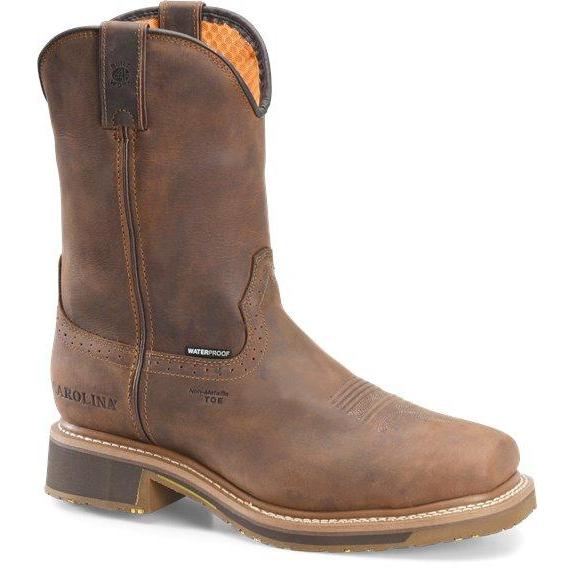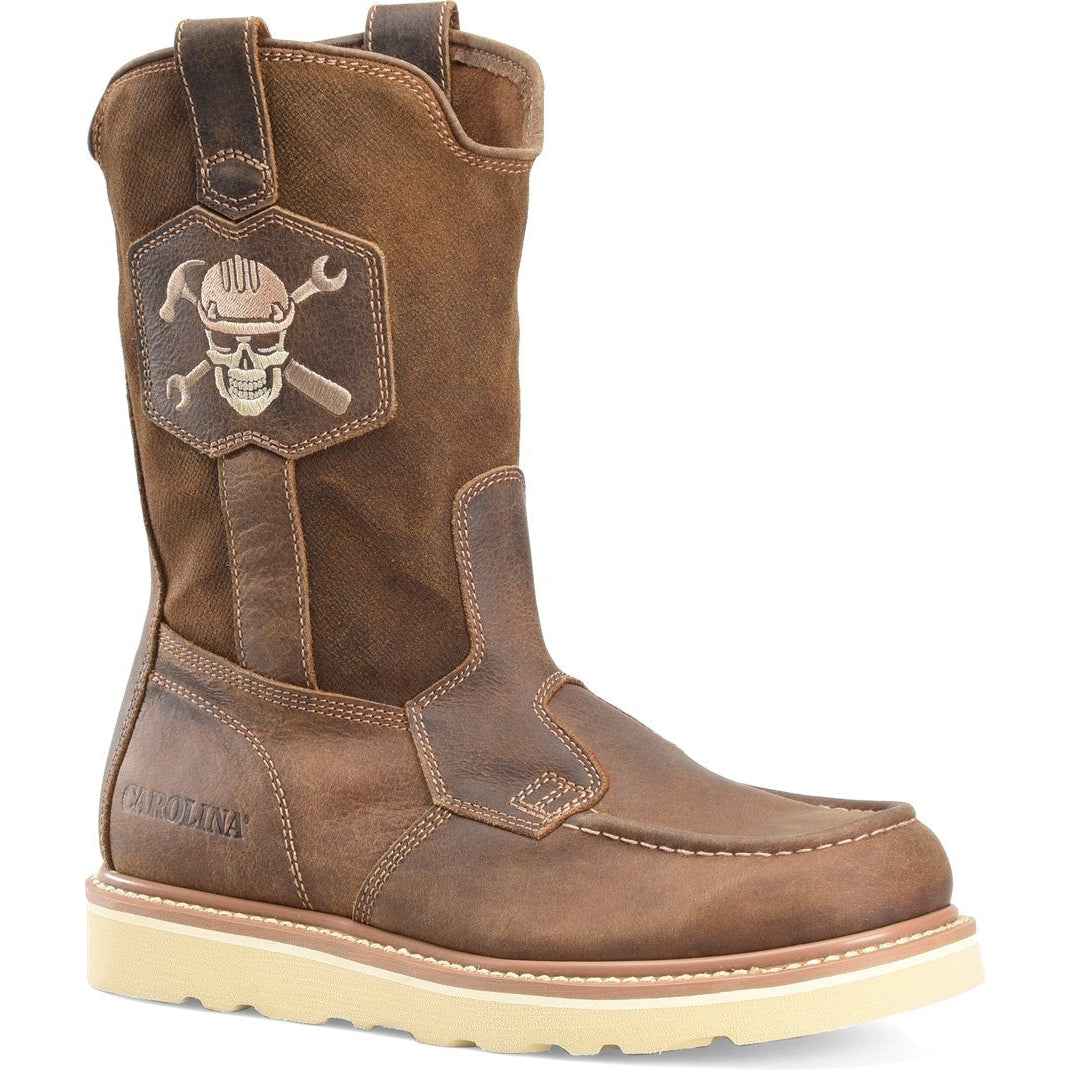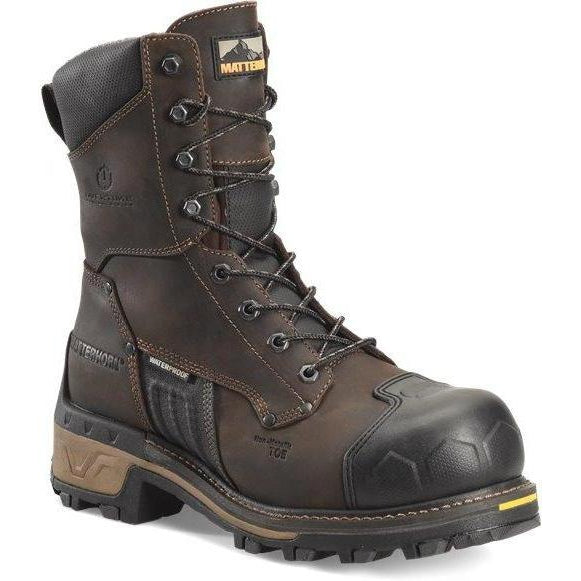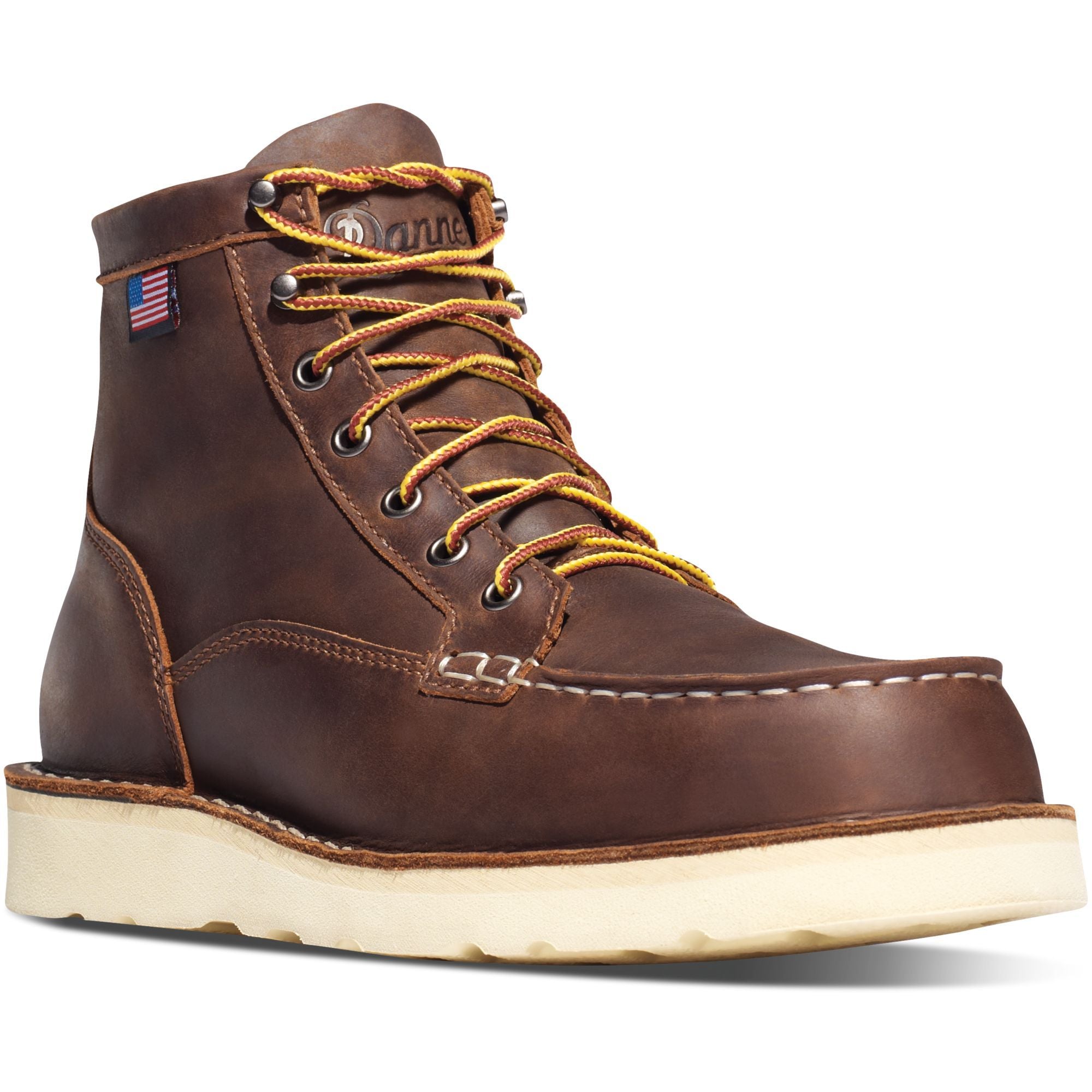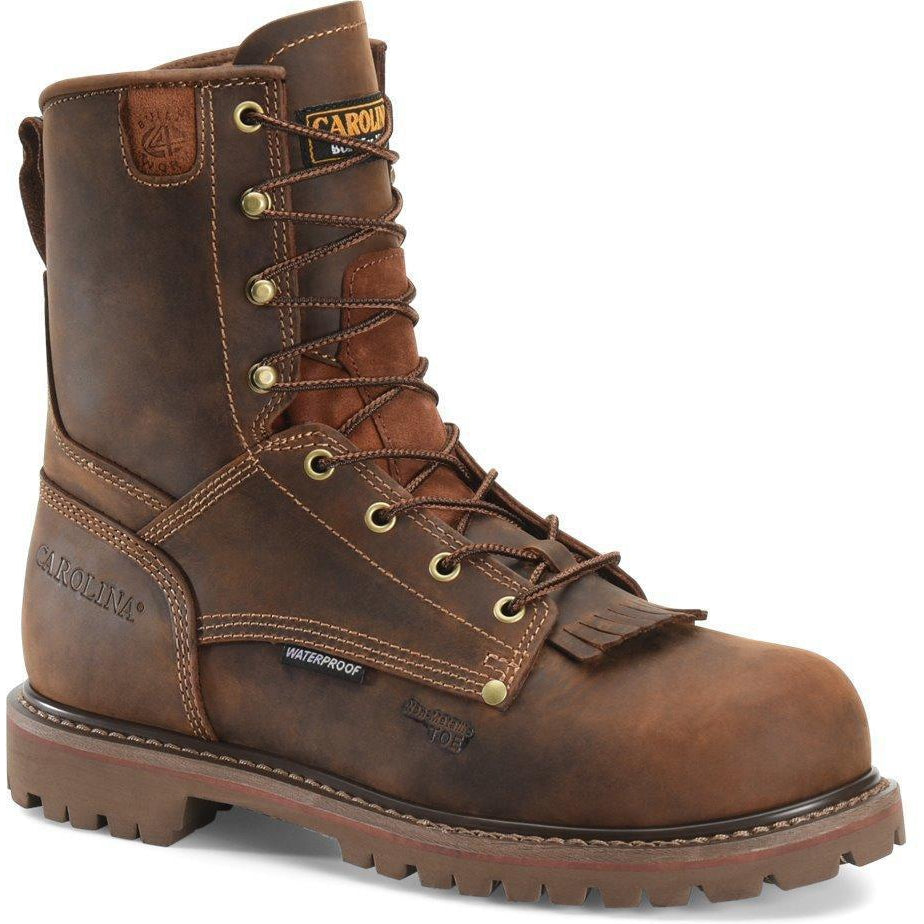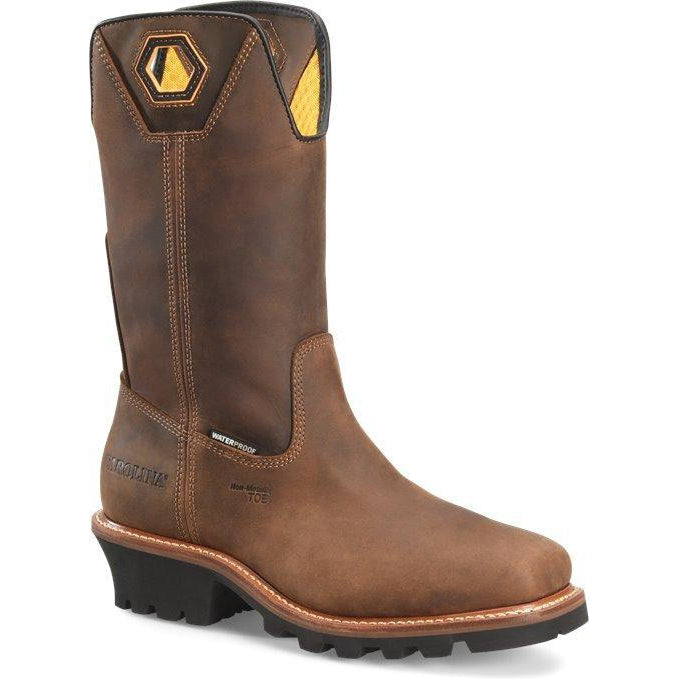Wet boots can be uncomfortable and even detrimental to their lifespan if not properly dried. Whether you've been caught in the rain, trudged through the snow, or splashed through puddles, it's essential to know how to dry your boots efficiently to get them back in shape for your next adventure.
Don't let your boots suffer from a soggy fate! Whether you've been caught in a downpour or trekked through a winter wonderland, keeping your beloved footwear in top shape is crucial. This article will explore various ways to dry boots quickly, from high-tech boot dryers to DIY hacks; we've got all the tricks up our sleeves to help your shoes live their best life.
Maintaining Footwear Overtime Helps in Prolonging Its Use
The durability, comfort, and performance of boots are influenced by the materials they're made of. Leather boots are known for their durability but require more maintenance, while synthetic materials offer breathability and lightweight designs but may not withstand harsh conditions.
It's important to consider the intended use of your boots and the environment you'll be in when selecting a suitable material. Proper care and maintenance can also help extend the life of your boots regardless of the material.
[prc-collections-carousel]
Why is Proper Boot Drying Important?
Moisture, especially excess moisture, can damage your boots and impact their performance. Wet work boots (or any wet shoes, for that matter) can develop mold, mildew, and unpleasant odors in humidity settings if not dried properly.
Prolonged exposure to moisture can cause leather boots to crack or warp and lead to the growth of bacteria, which can harm your feet. Therefore, it's crucial to dry your boots thoroughly to maintain their quality and extend their lifespan.
People who spend a lot of time in their working boots should take the extra time and learn how to keep their footwear dry, as this can impact their health and lead to serious foot problems. Wet boots can cause blisters, infections, and even fungal growth, all of which cause sore feet and limit overall mobility.
Best Ways to Dry Boots Fast
There are several effective ways to dry boots quickly. Here are some simple steps and quick methods you boot owners can use.
Use a Boot Dryer
A boot dryer is relatively self-explanatory. Automatic shoe drying racks use gentle heat and airflow to remove moisture from the inside and outside of the boots, helping them dry faster. One of the main benefits of these dryer designs is that they have dry ports where you hang a pair of boots and let them dry.
Before using it, it is advisable to:
- do some basic boot cleaning before you put them in the drier,
- and read the user manual so you don't damage the materials the shoes are made from.
Cheap boots not sowed in can be sensitive to higher temperatures, as the glue holding the pieces will simply melt. So make sure to separate the delicate footwear from the one that can withstand different conditions.
Save Newspaper For Boots
Newspaper is a readily available and effective absorbent material that can help dry your boots quickly.
- Stuff wet boots with crumpled newspaper, filling the entire boot.
- Leave the boots over night out on the porch under the night sky (if it is not raining). Remember to check their dampness and replace them with fresh dry newspaper balls if necessary.
- Allow the boots to air dry in a well-ventilated.
Using any other type of paper or material with absorbent properties can ensure your footwear dries faster.

Use Dry Grains
Uncooked grains like rice or cat litter can also help absorb excess moisture from your boots. Here's how to use them:
- Fill a pair of socks with the dry grains. Tie the socks tightly and place them inside the boots.
- Leave the socks in the boots for a few hours or overnight to absorb the moisture.
- Remove the socks, shake out any excess grains from the boots, and let them air dry completely.
Filling boots with grain or newspaper still requires air drying, but it gets things done faster. It is often a combined grain technique with some other secret method (some people even put their shoes in the oven to dry faster- but we do not recommend it).
Remove Insoles and Lace
Filling the leaders with grain or using the news/paper towel technique can help absorb most of the moisture from shoes. You can use an absorbent towel and a few extra towels to change them.
If the footwear material has some absorbing properties (like leather boots), a sustainable boot-drying solution would be to combine techniques. Remove the initial fluids with the towel method, then fill leathers with grain.
Removing insoles and laces from your wet boots is another way to ensure more airflow and increase the drying speed.
[prc-collections-carousel]
Things to Avoid When Drying Boots
When drying boots, it's essential to be aware of both effective methods and potential pitfalls that could cause damage or delay the drying process. Here are some considerations to keep in mind.
Direct Heat
Don't use direct heat sources to dry boots; it can damage them. Try gentle heat sources like boot dryers or natural air drying, and use a table fan for airflow.
Pro Tip: Avoid Using Excessive Heat or Airflow
Don't use too much heat or airflow when drying boots, as it can harm them. Follow the instructions and use moderate settings for natural drying.
Sunlight
Direct sunlight can lead to color fading in leather or sensitive material boots. To avoid this, place your boots in a shaded area when air drying outside.
Stuffing With Wet Items
Don't stuff wet items in your boots to dry them. Use dry absorbent materials like newspaper instead.
Skipping Cleaning
If your boots are wet due to mud, dirt, or other debris, cleaning them before drying is important. Skipping the cleaning step can hinder the drying process and allow dirt and bacteria to thrive in the moist environment, leading to unpleasant odors and potential damage to your boots.
Tips for Drying Specific Types of Boots
Different types of boots may require specific care when it comes to drying. Here are some tips for drying particular types of boots:
- A pair of leather boots will require extra care to avoid damage during drying. After drying, remember to apply a leather conditioner to restore moisture and prevent cracking.
- The top method for ski boots is to air dry them, and you can do this fast if you remove all of the liners and insoles from the boots.
- Hard-shelled ski boots are designed to withstand a bit of grain submersion with snow or salt during the winter, but wiping them off with water and leaving them to dry can significantly expand their usability.
- Dirty work boots are prone to odor in shoes, especially those used in wet or muddy conditions, so having a pair or two for emergencies is an excellent strategy for keeping your feet dry and healthy. Also, a rough boot brush can help wipe off any dirty materials, making it easier to walk around.
Finally, properly storing working boots (or any other footwear) is key. Letting them air dry in a cool, dark place and using a boot brush to clean off dirt or salt will make them last longer.
Efficiency Should Be a Set Standard
Drying your boots properly will ensure they are ready for your next venture, whether you own a farm, work in a factory or want to go on an outdoor adventure. With the proper care and attention, your boots will last for years, providing reliable and comfortable footwear for outdoor pursuits.
So, the next time you find yourself with boots filled with a bit of water, resist the temptation to rush or take shortcuts. Instead, follow the tips and techniques in this article to dry your shoes efficiently and keep them in optimal condition. Proper boot drying methods are crucial for ensuring the longevity and performance of your boots, so make efficiency a set standard in your boot care routine.
